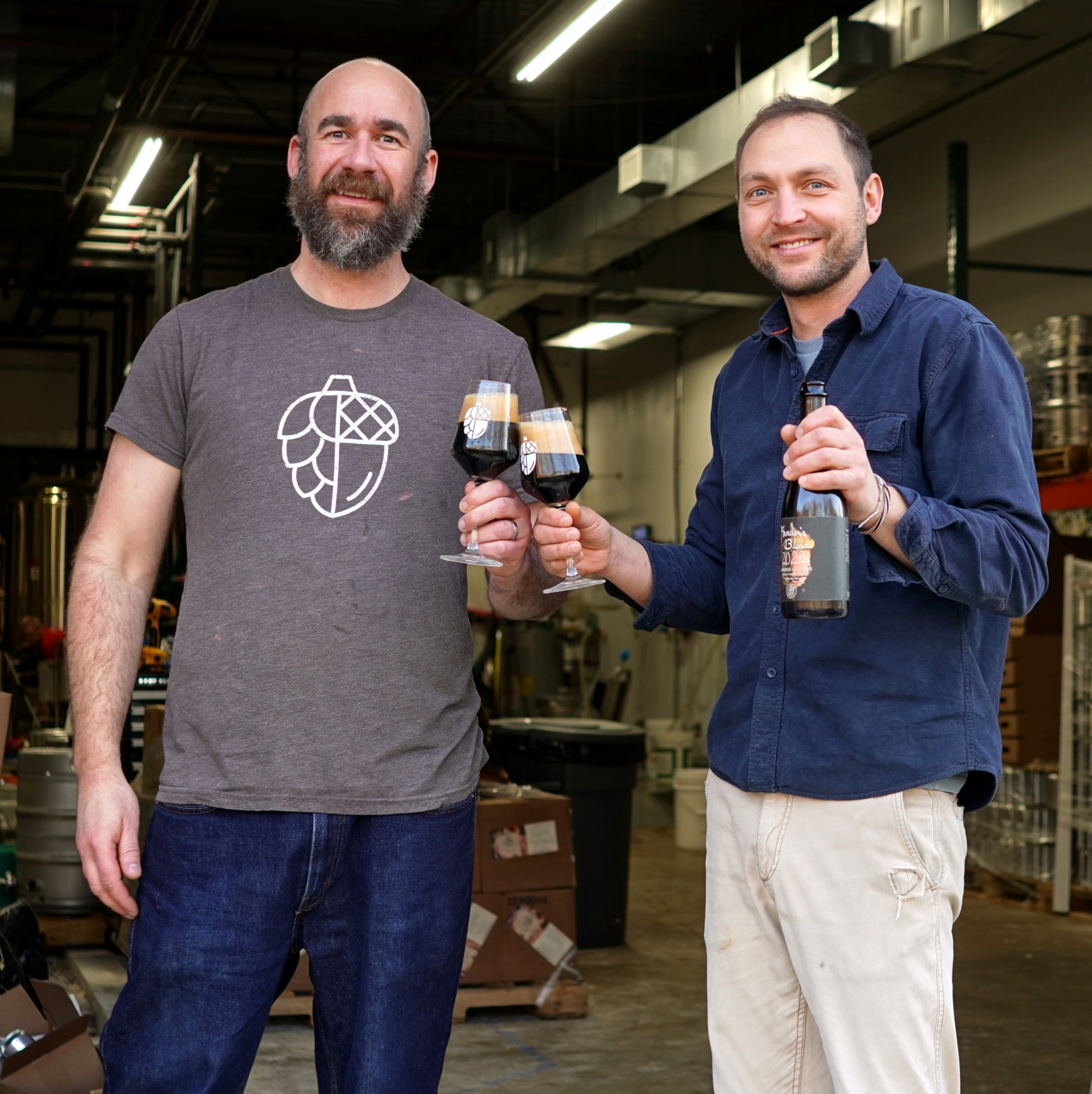We caught up with the brilliant and insightful Michael Tonsmeire a few weeks ago and have shared our conversation below.
Michael, thanks for joining us, excited to have you contributing your stories and insights. Coming up with the idea is so exciting, but then comes the hard part – executing. Too often the media ignores the execution part and goes from idea to success, skipping over the nitty, gritty details of executing in the early days. We think that’s a disservice both to the entrepreneurs who built something amazing as well as the public who isn’t getting a realistic picture of what it takes to succeed. So, we’d really appreciate if you could open up about your execution story – how did you go from idea to execution?
Brewing delicious beer requires iteration. It’s really the “craft” part of Craft Beer. Writing a novel recipe requires inspiration and artistry, but great beer usually results from a cycle of creation, evaluation, and adjustment. Changing the salt profile of the water to round out the mouthfeel, tweaking the timing of hop additions to get the right bitterness, reducing oxygen exposure, finding the perfect brand of Pilsner malt, adjusting the temperature of the fermentation to create more fruity esters, and a hundred other subtle things.
I spent 15 years brewing at home, writing about beer, and consulting for breweries before opening my own. I partnered with Scott Janish, who had a similar background. Still it has taken us years and 1000 unique beers to really hone in on what works best for a wide variety of beer styles. Even seven years we’re still experimenting with new ingredients, equipment, and techniques!
I think the most important factors are:
1. Control and notetaking. If you can’t accurately control each step of the process and look back at the ingredients and process, it is impossible to know how to recreate or tweak what you made.
2, Evaluation of ingredients. Not just trusting that a hop smells good or that the yeast is healthy. Smelling/tasting every ingredient every time, and learning how to evaluate (e.g., viability and cell counts).
4. Monitoring the process. Having high-quality tools to measure the process. In brewing that’s things like a calibrated thermometer, pH meter, hydrometer, CO2 meter, and dissolved oxygen meter. These ensure each batch is hitting its specs, and recorded readings provide insight on why a batch turned out the way it did.
5. Evaluation of finished product. Not just “What do I think?” but more importantly “How would I change it?” I find it especially helpful to do side-by-side tastings of our beers with those from other breweries I respect. Not just on an analytic level, but on a hedonistic basis – “Which glass is empty first?” You can expand this with tasting panels, sales metrics
6. Research. We’re always reading new peer reviewed research and information from other breweries to see if there are new techniques, ingredients, or synergistic flavor combinations discovered. For me the science is a source for ideas and explanations, but if it doesn’t result in an improved product in the glass it isn’t worthwhile
Repeat from there, iterating until the product is a good as it can be – even once the result is optimized, it may be worth trying to “hold” that optimum quality while improving yields, reducing costs, shelf-life etc.
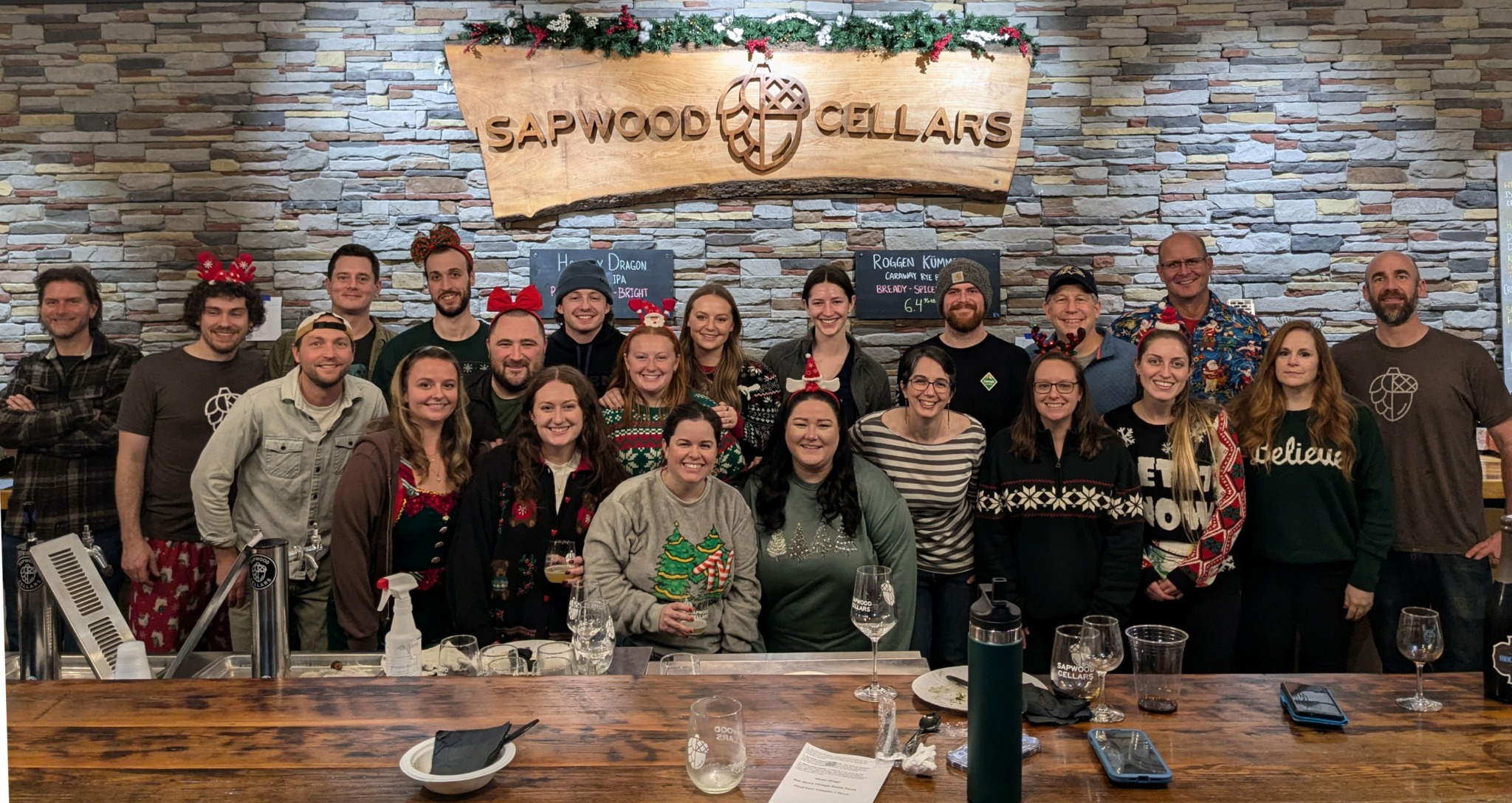

Michael, before we move on to more of these sorts of questions, can you take some time to bring our readers up to speed on you and what you do?
I started homebrewing in college at Carnegie Melon as a hobby after taking a student taught elective, Beer Brewing and Appreciation. I applied to a few brewing job, but ended up using my degree in Economics to work for the Federal Government for 11 years. During that time I joined a homebrewing club, wrote a blog (The Mad Fermentationist), wrote for magazines, briefly had a YouTube channel and podcast, consulted 10 breweries, and published a book with the Brewer’s Association (American Sour Beers). Ironically my work with spreadsheets as an economist may be the skill I lean on most heavily these days now that we have a staff of brewers to do most of the actual production.
Sapwood Cellars is a brewery focused on our tasting room. We brew a huge variety of beer served on draft and in cans/bottle to go. We specialize in barrel-aged beers and super-fresh hoppy ales… but we also brew lagers, ciders, seltzers and pretty much everything in between. We recently started a kitchen (Albura Taqueria) at our tasting room. There is a huge amount of “hustle” that goes into driving traffic to a physical location (especially one in the back of a suburban office park). Weekly releases, frequent events, social media, email lists etc. The lifeblood of our business though is as a “third place” where people go after work or on the weekend to have a fun experience with great service and a community that has slowly built-up.
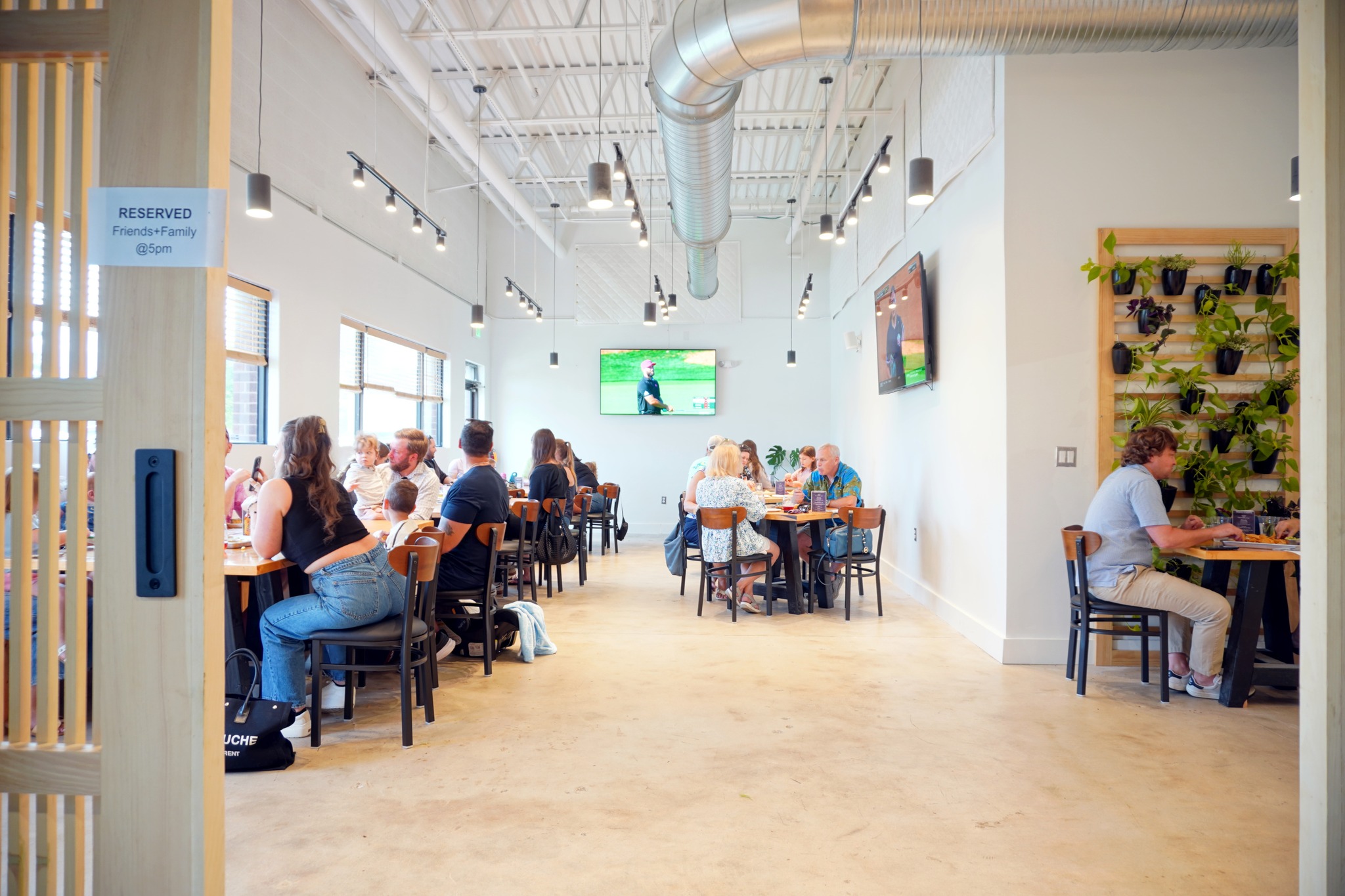
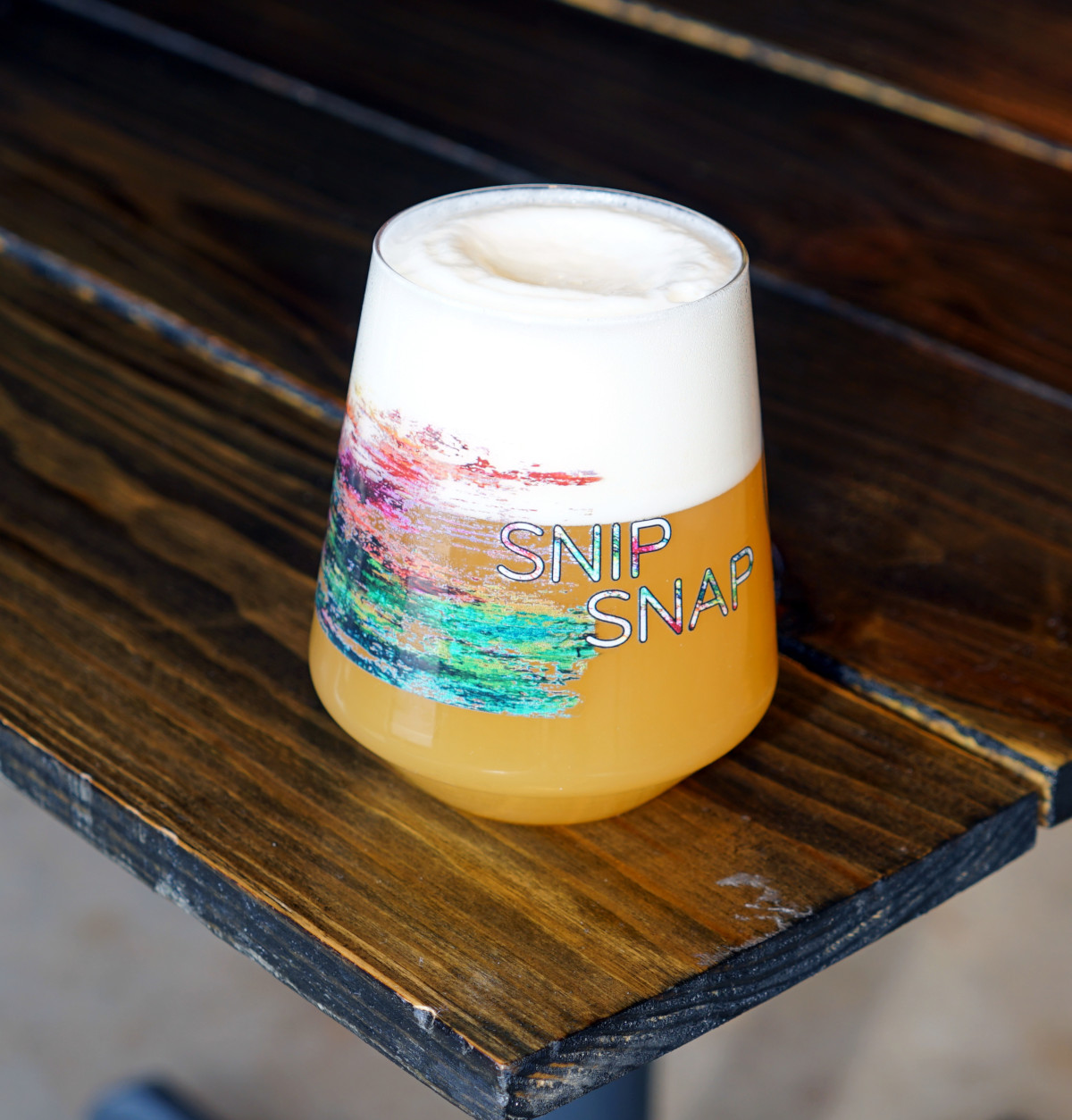
Can you share a story from your journey that illustrates your resilience?
We opened in September 2018. Up until Covid we essentially operated as a keg-only brewery. If you wanted beer to go you had to get a growler filled on tap. When our tasting room had to close to two months at the start of the pandemic, we pivoted to having bartenders fill and seam cans by hand until we could get a mobile canning company to start. To-go sales of packaged beers are now more than half of our revenue, and we’ve had to triple capacity since then. Luckily we’ve always been a risk averse brewery, many other breweries that had pushed size and distribution didn’t come out of the pandemic.

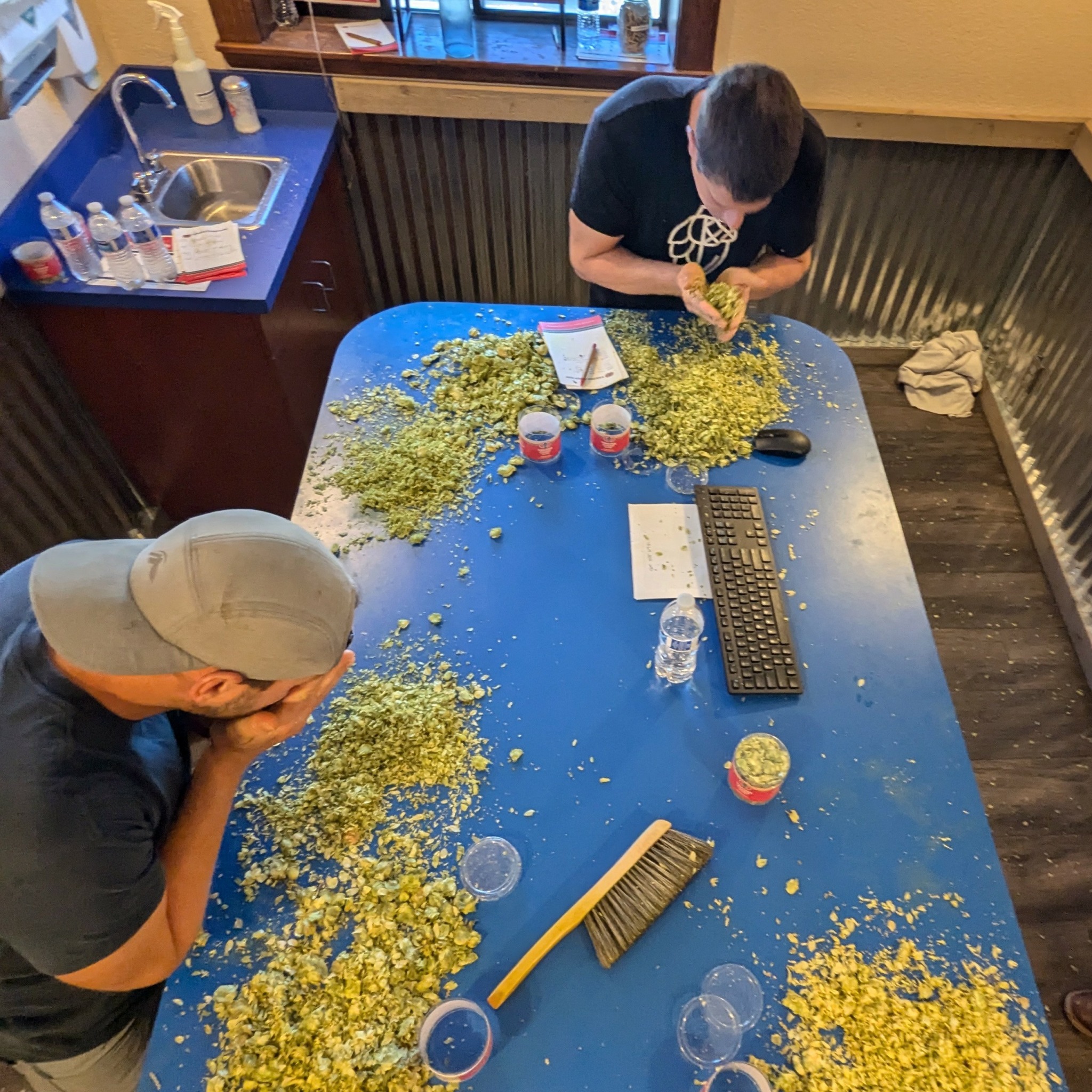
How’d you meet your business partner?
My business partner Scott Janish and I had similar backgrounds, we both moved to the Washington DC area for work, both loved brewing, and both wrote homebrewing blogs. He always brought his fantastic IPAs to DC Homebrewers meetings, and we’d chat about adding a new fermentation or hop variety. We chatted and got to know each other one meeting at a time over a year or so. I’d made a hop analysis spreadsheet that he turned into a web applet. He came over to my house after work to get some advice while he was writing a book (The New IPA) after I’d written one. Eventually towards the end of one club meeting, after going back for yet another pour of his IPA, i said something like “Your IPAs are so delicious, if you’re ever looking to open a brewery, just let me know” and he proceeded to tell me he had a business plan and was already looking at leases, and that he’d been thinking it wasn’t a “one person” endeavor…
Contact Info:
- Website: https://sapwoodcellars.com
- Instagram: https://www.instagram.com/sapwoodcellars
- Facebook: https://www.facebook.com/sapwoodcellars/
- Youtube: https://www.youtube.com/channel/UCWbNwpFwU-_xTVoAwfto66Q
- Yelp: https://www.yelp.com/biz/sapwood-cellars-brewery-columbia
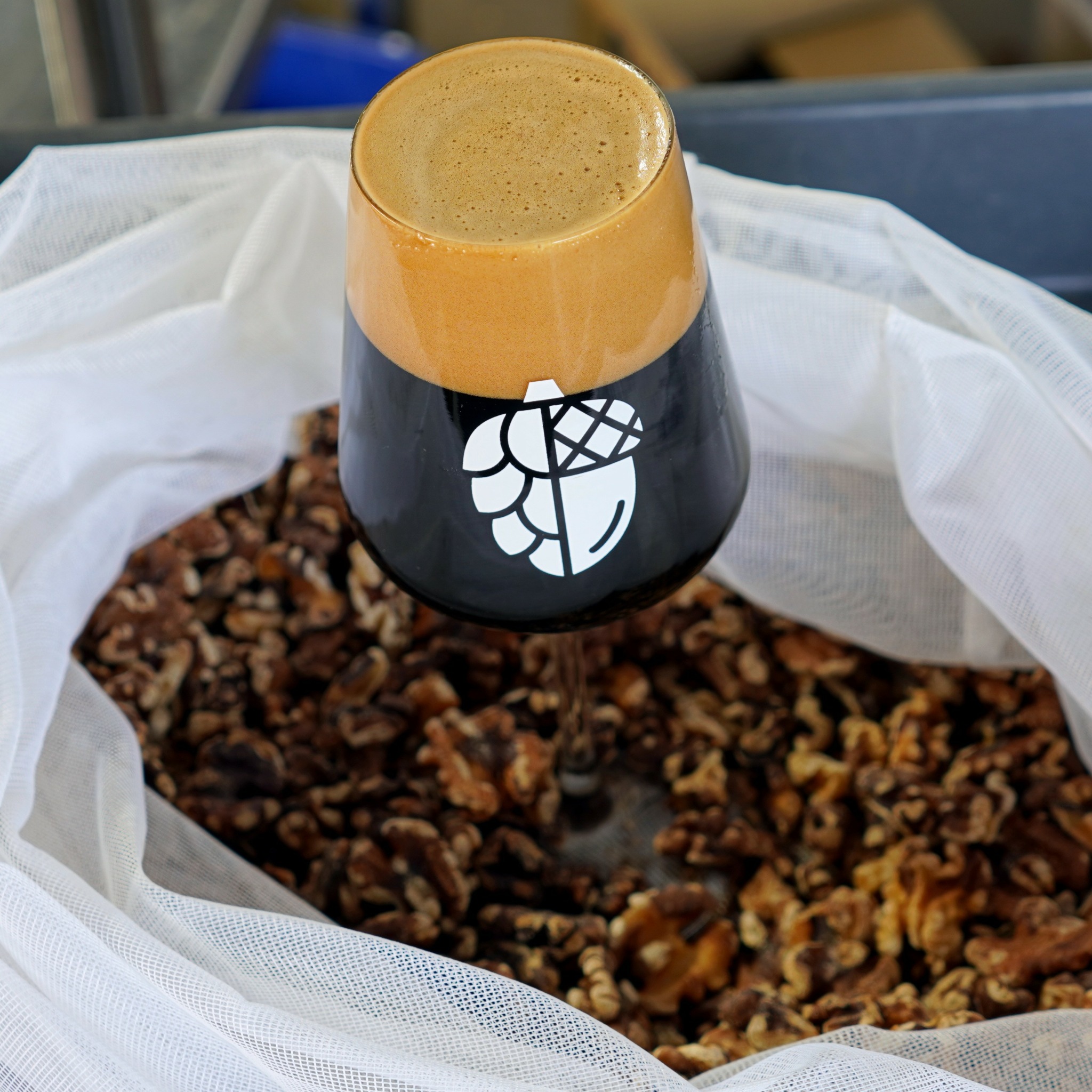

Image Credits
Michael Tonsmeire – I took them all


